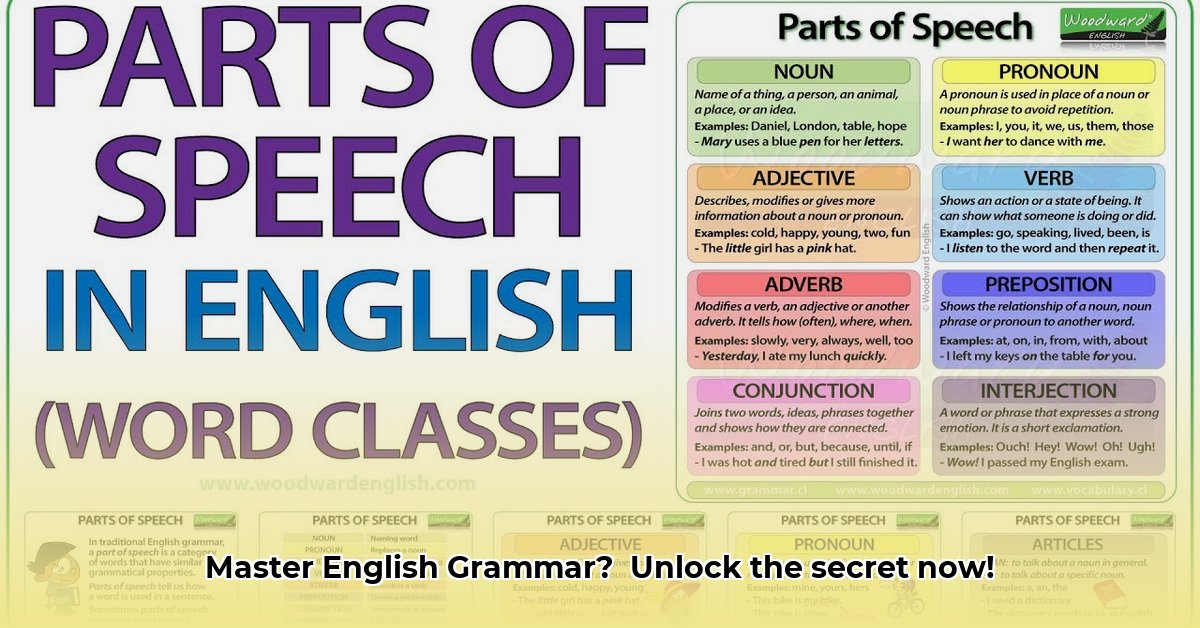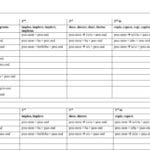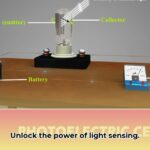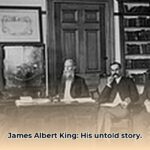“Is,” a seemingly simple verb, plays a crucial role in English grammar. Understanding its dual nature as both a linking verb and an auxiliary verb is essential for clear and effective communication. This guide delves into the intricacies of “is,” providing you with the knowledge to use it correctly and confidently. For a deeper dive into verb conjugations, check out this helpful guide on verb tenses.
Linking Verb: Connecting Subject and Description
The primary function of “is” as a linking verb is to connect the subject of a sentence to a word or phrase that describes or identifies it. It acts as a bridge, linking the subject to its complement. This complement can be an adjective, providing a descriptive quality, or a noun, specifying the subject’s category or identity.
Examples:
- The ocean is vast. (Vast describes the ocean.)
- She is a talented musician. (Musician identifies her profession.)
Maintaining subject-verb agreement is paramount. Singular subjects pair with “is,” while plural subjects take “are.” Neglecting this fundamental rule often leads to grammatical errors, impacting clarity and credibility. A quick tip: When unsure, mentally replace “is” with “equals” to check if the linkage makes sense. For example, “The ocean equals vast” solidifies the correct usage of “is.”
Auxiliary Verb: Supporting the Main Verb
“Is” also functions as an auxiliary verb, also known as a helping verb. In this role, it collaborates with another verb to form compound tenses, expressing ongoing actions, or to construct the passive voice, emphasizing the recipient of the action.
Examples:
- He is learning Spanish. (“Is” forms the present continuous tense, indicating an ongoing action.)
- The document is being reviewed. (“Is” contributes to the passive voice construction, focusing on the document being acted upon.)
Distinguishing Between Roles: A Practical Approach
Differentiating between the linking and auxiliary functions of “is” requires analyzing the word that immediately follows it.
- Linking Verb: Followed by an adjective or noun complement: “The weather is sunny.” (adjective) / “He is a pilot.” (noun)
- Auxiliary Verb: Followed by a present participle (verb ending in “-ing”) denoting continuous action: “She is running.” Or, followed by a past participle in passive voice constructions: “The cake is baked.”
This distinction empowers you to analyze sentence structure accurately, ensuring precise grammatical usage. Additionally, recognizing the function of “is” enhances your comprehension of complex sentences, unlocking deeper meaning and context.
Avoiding Common Pitfalls
One frequent error involves subject-verb disagreement. Always double-check that singular subjects align with “is” and plural subjects with “are.” Another common mistake is overusing the passive voice, which can weaken writing and obscure the actor performing the action. Prioritizing the active voice typically results in more concise and impactful prose. A helpful exercise is to rewrite passive sentences into active voice to strengthen your command of sentence construction.
Active vs. Passive Voice: A Matter of Emphasis
The active voice emphasizes the subject performing the action: “The artist painted the mural.” (Artist is the actor). The passive voice highlights the action’s recipient: “The mural was painted by the artist.” (Mural is the recipient). While both are grammatically valid, the active voice generally fosters stronger, more direct writing.
Consider this example: “The solution is being implemented.” While grammatically sound, it lacks the directness of “The team is implementing the solution.” The active voice clarifies who is taking action, adding dynamism and clarity to the sentence. By consciously choosing the active voice when appropriate, you can elevate the impact and readability of your writing.
Expanding Your Understanding: “To Be” and Beyond
“Is” belongs to the infinitive verb “to be,” a fundamental and versatile verb in English. Understanding the full conjugation of “to be” – am, is, are, was, were, been – empowers you to navigate various tenses and sentence constructions. This expanded knowledge further strengthens your understanding of “is” and its diverse applications.
Mastering “Is”: A Path to Effective Communication
“Is” may appear unassuming, yet its impact on grammatical accuracy and overall communication is profound. By grasping its dual roles and mastering associated grammatical principles, you elevate your writing’s clarity, precision, and impact. This knowledge empowers you to construct sophisticated sentences, articulate ideas effectively, and ultimately, communicate with confidence and finesse.
- Unlock Elemental 2 Secrets: Actionable Insights Now - April 2, 2025
- Lot’s Wife’s Name: Unveiling the Mystery of Sodom’s Fall - April 2, 2025
- Photocell Sensors: A Complete Guide for Selection and Implementation - April 2, 2025
















